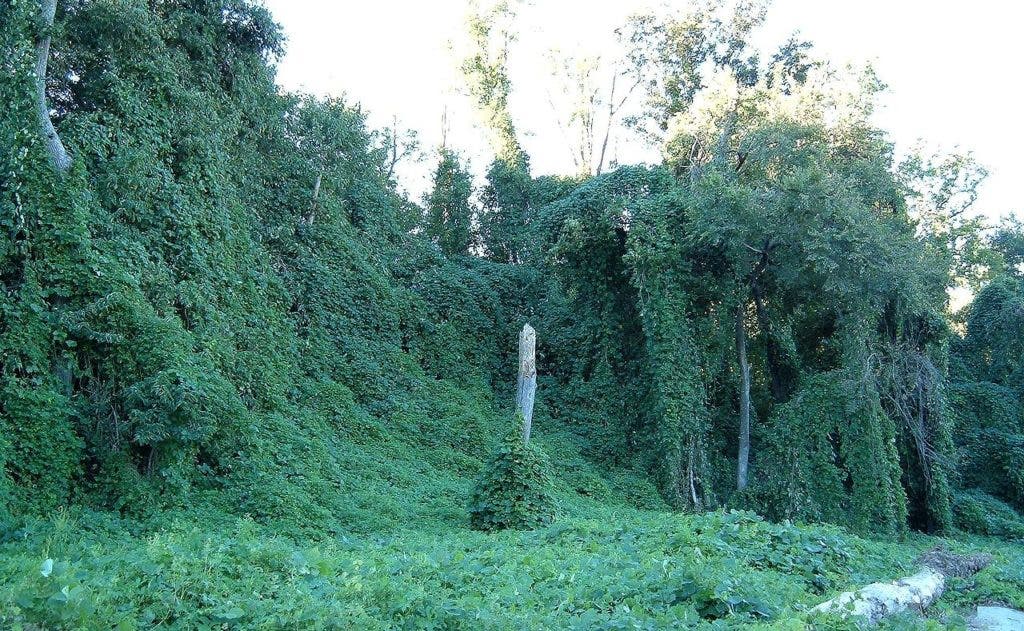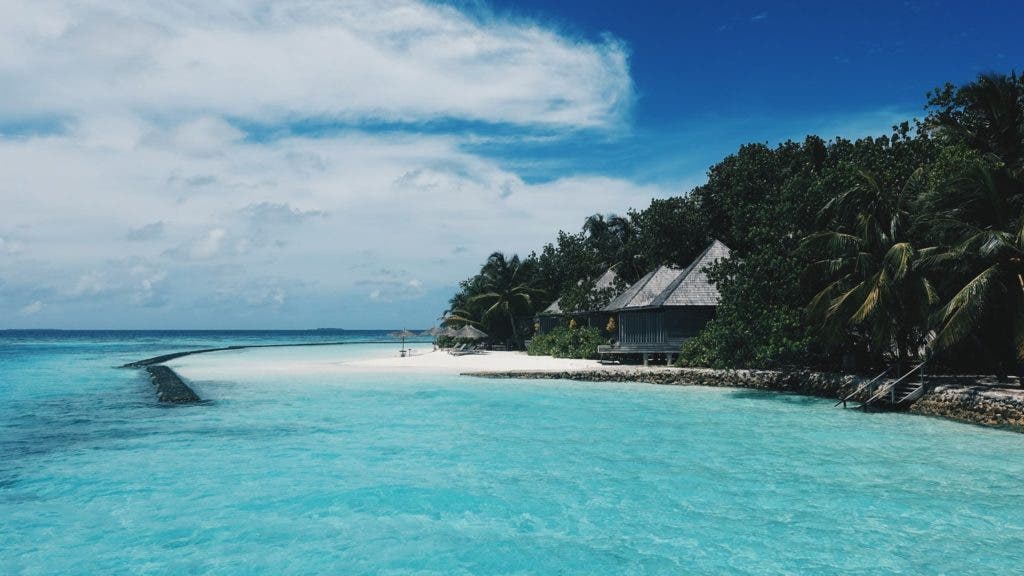In 1876, the Philadelphia Centennial Exposition featured an intriguing plant from Japan. It was hardy, fast-growing, and good at preventing soil erosion. Kudzu, as the plant was named, is an excellent vine, advertisers said — it’s even edible, as long as you don’t spray it with pesticides.
Fast forward a few decades to the 1940s and kudzu had become a staple in some regions of the US. Hardy and fast-growing it was — but farmers didn’t understand just how fast-growing it was. It expanded its area dramatically, climbing over trees and shrubs and killing them in the process. Where kudzu was planted, it took over the landscape, overrunning it and altering the environment as it went.
Kudzu, the invasive plant, became an ecological disaster.
Like US farmers, we can all be agents that introduce invasive species to pristine environments — and it’s more important than ever to avoid doing this.

Invasive species
Invasive species are species that are not native to a specific location, with a tendency to outcompete native plants and cause substantial environmental damage to the environment — as well as the economy, and sometimes, even human health.
Kudzu is hardly an isolated example. Invasive species come in all shapes and sizes — they can be plants or animals, land or sea-based, and can come from a variety of sources. It’s estimated that in the US alone, invasive species cause damage of $120 billion a year.
Take cargo ships, for instance. It’s estimated that 10,000 different species, many of which are non-indigenous, are transported via ballast water each day. Many invasive shells come on the hulls of ships, and get transported all around the world.
In some cases, invasive species can do a world of damage. Take Australia, for instance: it’s one ecological disaster after the next, and much of it is related to invasive species. Starting from rabbits and cane toads, and moving on to foxes, cats, and even cames — when invasive species reach Australia, it’s usually a recipe for disaster. But invasive species aren’t limited to Australia or the US, and they aren’t just related to farming and international trade.
Tourism and invasive species
Tourism involves frequent congregation of people and vehicles, often coming from one part of the world and going to the other. It’s a major pathway for the movement of invasive species, and with low-cost flights, people can travel virtually anywhere, with relative ease.
Understandably, most people want to travel somewhere nice. Whether it’s a beach, a mountainous area, or simply a quiet place with a lot of nature, much of the world’s tourism revolves around protected areas.
The problem is that these areas are particularly vulnerable to invasive species. With invasive species being the hitchhikers they are, they can easily be brought in by unwitting tourists.

In Antarctica, annual bluegrass (an invasive weed) has become commonplace. Tourists (and even scientists) carry it in, concluded a study published in the journal Polar Research. In New Zealand, anglers and kayakers are bringing in pest species on unwashed gear, leaving the authorities struggling. In Thailand and much of south-east Asia, invasive species are threatening emblematic local species, and much of that damage can be traced back to tourism. In places such as Nepal or Kenya, rhinos and other large herbivores are threatened by invasive species which leaves them little place to forage.
A global assessment found that “that the abundance and richness of non-native species are significantly higher in sites where recreational activities took place” — in other words, touristic activity and invasive species go hand in hand. While tourism is not the main way through which invasive species travel, it is still an important part of the equation and one which is potentially easier to tackle.
But tourism is also a way to bring money into these areas — money which can support sustainable development and even conservation, if used wisely A 2018 study concluded that:
“Tourism provides a crucial and unique way of fostering visitors’ connection with protected area values, making it a potentially positive force for conservation.”
So simply banning tourism is not a solution. But becoming more responsible is.
Of course, much of the responsibility falls on local authorities and how well they care for the ecosystem. But that doesn’t mean we should simply point our finger and rid ourselves of all responsibility. Each of us also needs to act responsibly, both as tourists and in our day to day lives.
Traveling in a remote place? Wash your boots, thoroughly. Wash your clothes before and after traveling, and try to keep them clean of any insects and spores. This is particularly important for fishing gear: you might think it’s clean, but it’s probably not.

Be conscious about bringing invasive plants to your touristic location, as well as from it.
If you’re considering buying seeds and planting them back home, make sure it’s not an invasive species or one that can cause significant damage. If traveling by car, make sure to keep it clean of any insects. The first Japanese beetle found in Canada was discovered in a tourist’s car at Yarmouth, Nova Scotia, and this is a good example of how, unwittingly, tourism can spread invasive species.
Most importantly, we need to be wary of the impact our tourism brings. Native species are particularly vulnerable on islands, and islands tend to be touristic hotspots. Take the Galapagos islands, for instance. At least 1,579 species have been introduced, of which 98% came alongside humans, and more than 70% of these came since the Galapagos became a popular touristic destination in the 1970s.
It’s estimated that, on average, 27 new species are introduced to the Galapagos every year. In the Galapagos and beyond, plants are the most common type of introduced species, followed by insects (often, as a contaminant on plants).
Oftentimes, the tourists aren’t even aware that they’ve become a vector, so this is something we should start considering. Researchers expect that as biosecurity measures grow, the threat of invasive species will decrease, but there’s no substitute for being a responsible tourist.
Invasive species are one of the most overlooked environmental threats. Global trade is responsible for the lion’s share of invasive plant spreading, but tourism also plays a significant role. Clean your travel bags and all its contents before and immediately after the trip, and consider ecotourism as an option. Be mindful of your impact, and travel responsibly — it can make an important difference.


